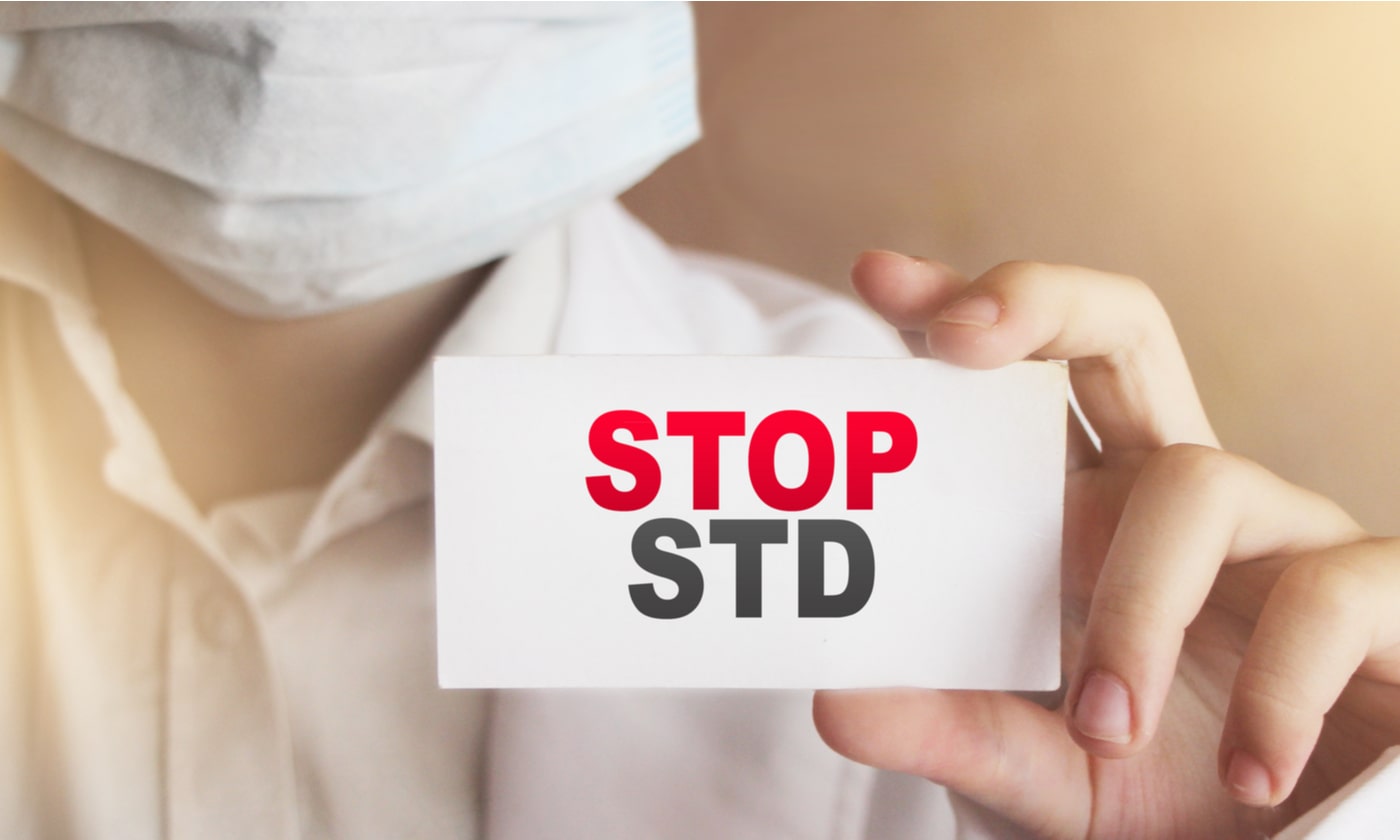Consistent and correct use of male latex condoms does dramatically reduce the risk of transmitting STDs. However, condoms do not eliminate the risk of STD transmission.
How are STDs transmitted?
STDs, such as chlamydia, gonorrhea, and HIV, are usually transmitted through contact between infected secretions from the vagina or urethra and mucosal surfaces of the anus, vagina, urethra, or cervix. Syphilis, genital warts (herpes), and human papillomavirus (HPV) typically cause ulcers or sores in the genital area, and transmission can occur when the ulcer/sore comes into contact with a mucosal surface.
How do condoms reduce transmission?
Latex condoms effectively prevent the contact between infected secretions and mucosal surfaces of a sexual partner. However, condoms are not 100% effective, particularly if they are used incorrectly. In addition, they can be less effective at preventing the transmission of STDs that cause genital sores (e.g. syphilis), especially if the condom does not cover the sore.
What reduces the effectiveness of a condom?
There are many mistakes in using condoms that are actually more common than you might realize. These include using:
- An expired condom, which increases the risk of breakage during sex
- Teeth to open the condom pack. This can damage the condom and increase the risk of breakage.
- A condom that is too tight. The semen needs somewhere to go!
- A condom with air left at the tip. This can cause it to burst during sex.
- A partially unrolled condom. It needs to be fully unrolled to fit properly and prevent slipping off during sex.
- An oil-based lubricant. These can weaken the latex. Stick to water-based lubrication to increase comfort and reduce the risk of condom tearing during sex.
Tips for using condoms correctly
These are the dos and don’ts for condom use as recommended by the CDC:
- ✅ DO use a condom every time you have sex.
- ✅ DO put on a condom before having sex.
- ✅ DO read the package and check the expiration date.
- ✅ DO make sure there are no tears or defects.
- ✅ DO store condoms in a cool, dry place.
- ✅ DO use latex or polyurethane condoms.
- ✅ DO use a water-based or silicone-based lubricant to prevent breakage.
- ❌ DO NOT store condoms in your wallet as heat and friction can damage them.
- ❌ DO NOT use nonoxynol-9 (a spermicide), as this can cause irritation.
- ❌ DO NOT use oil-based products like baby oil, lotion, petroleum jelly, or cooking oil because they will cause the condom to break.
- ❌ DO NOT use more than one condom at a time.
- ❌ DO NOT reuse a condom.
Do I still need to get tested even if I always use condoms?
Yes. Condoms unfortunately do not eliminate the risk of STD transmission. So if you think you have been exposed to an STD and/or you are experiencing potential STD symptoms, get an STD test to keep yourself and your sexual partners safe and healthy.
Routine STD screening is still recommended for sexually active individuals, particularly with multiple sexual partners, even if condoms are consistently used.
References:
1. External (sometimes called Male) Condom Use. CDC. June 21, 2021.




